Our “Road to” leaves for the dream world: stop at Subcon, dreaming of the review of Wonder with the bizarreness of Super Mario Bros 2
With the plumber’s debut on Game Boy, our Road to Wonder starts again with a good old mustache title that shouldn’t have been born as such: Super Mario Bros 2today’s subject of retro-review. As always, ours are more retrospectives, which each “Road to” (DLC for Pokémon Scarlet and Violet permitting) links with a common topic. The one for the current month, at least for this appointment and for the next three, is that of the strangest and most bizarre platformers starring Mario that the Big N has given life to. And let us tell you, today’s one has all the credentials to qualify. Starting from its unrelated genesis from the Mushroom Kingdom!
Other than the literature club | Road to Wonder: Super Mario Bros 2 retro review
Super Mario Bros 2 (which we omit the dot to avoid stumbling upon our article if you are looking for a review of Wonder well in advance – trust me), in fact, owes its strangeness to a completely different game. It’s a matter of Yume Kojo: Doki Doki Panic, created by Shigeru Miyamoto but set in a perfectly contextualized world. If we owe the entry of Shy Guys and Strutzi into the Mariesco pantheon to the title, it is due to the “true” sequel to the mustache’s first side-scrolling platformer, renamed The Lost Levels after the release in the West of the All-Stars collection. Conversely, the change of the cast with the heroes of the Mushroom Kingdom led the game world to become the dreamlike dimension of Subconwhile the game was released in Japan as… Super Mario USA.
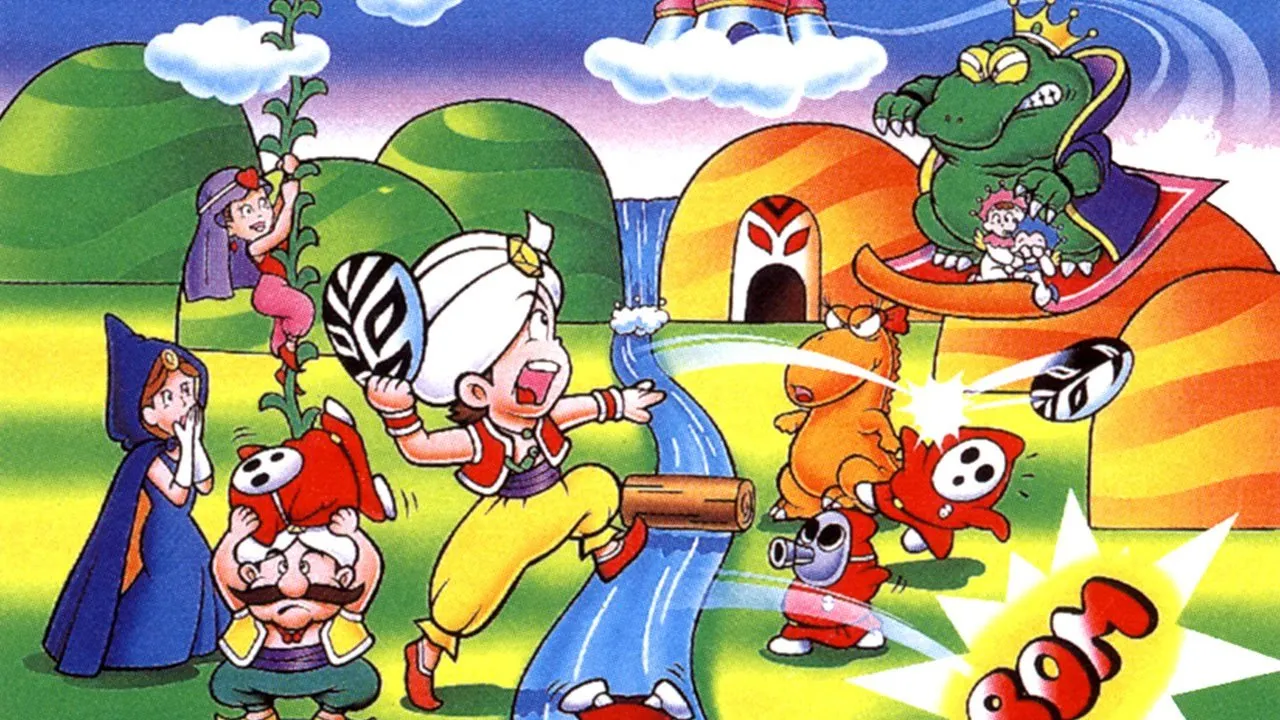
From healthy plant | Road to Wonder: Super Mario Bros 2 retro review
It goes without saying that the gameplay it greatly alters the dogmas of the mustache. Jumping on the heads of enemies does not serve to instantly defeat them with a bounce, but rather allows you to collect them as well as vegetables from the ground. And the four playable characters, replaced with Mario, Luigi, Peach and Toad, enjoy the great innovation (for the time) introduced by the game: four different play styles. Perhaps this is where the tradition of a strictly balanced Mario was born, but it is certainly precisely this adventure that introduced Luigi’s astronomical jumps, Peach’s glide and Toad’s damped jumps. We wouldn’t see an entire playable quartet, with their own unique abilities, until the launch of the Nintendo DS and the Wii U masterpiece, 3D World.
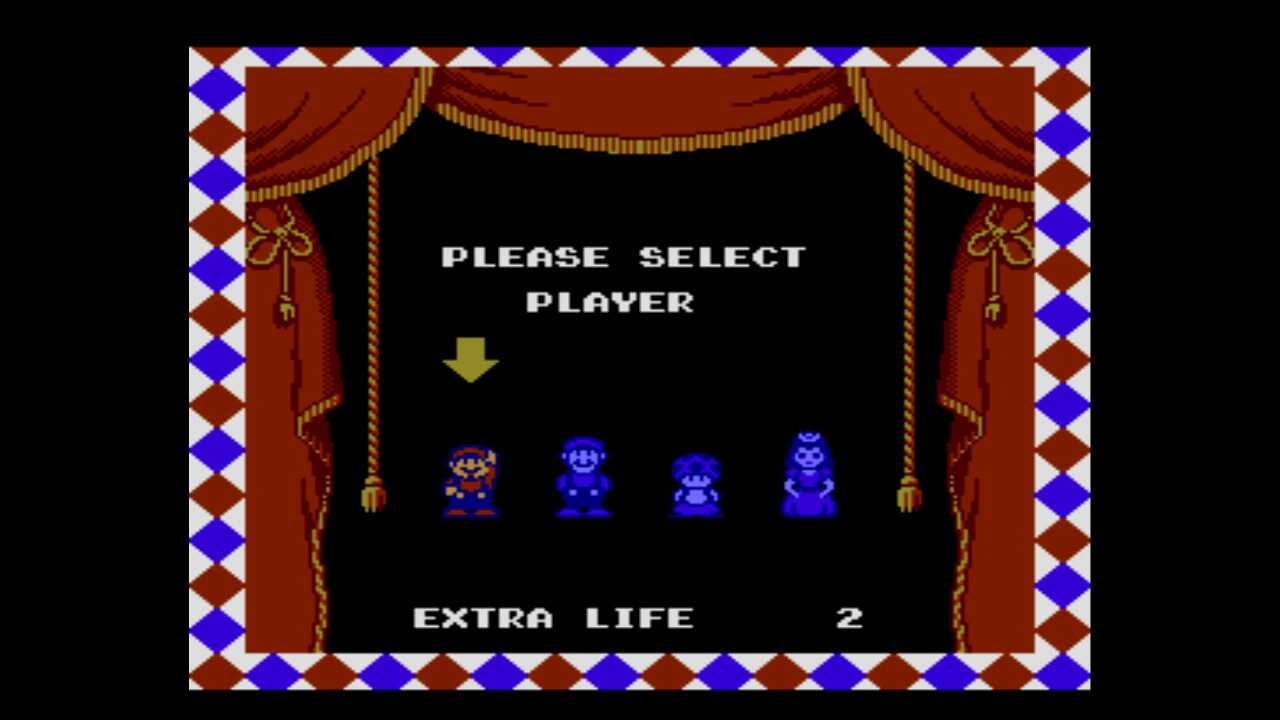
Escape from the world of dreams | Road to Wonder: Super Mario Bros 2 retro review
If the core gameplay is altered that much, the level design follows him at the same pace. Suddenly a less conventional scrolling takes place, which takes us to denser levels of verticality. You climb vines, collect turnips to attack enemies, occasionally go from right to left… and other elements of the past pop up in disguise. In fact, it occasionally happens that it can fit into some vases as if they were tubes. On other occasions, however, there are potions capable of creating doors that lead to secret rooms, in which the theme of world 1-1 echoes (in the first instance of nostalgia in Marie’s history). Tenuous links with the previous canons, as a pass for a very experimental game.
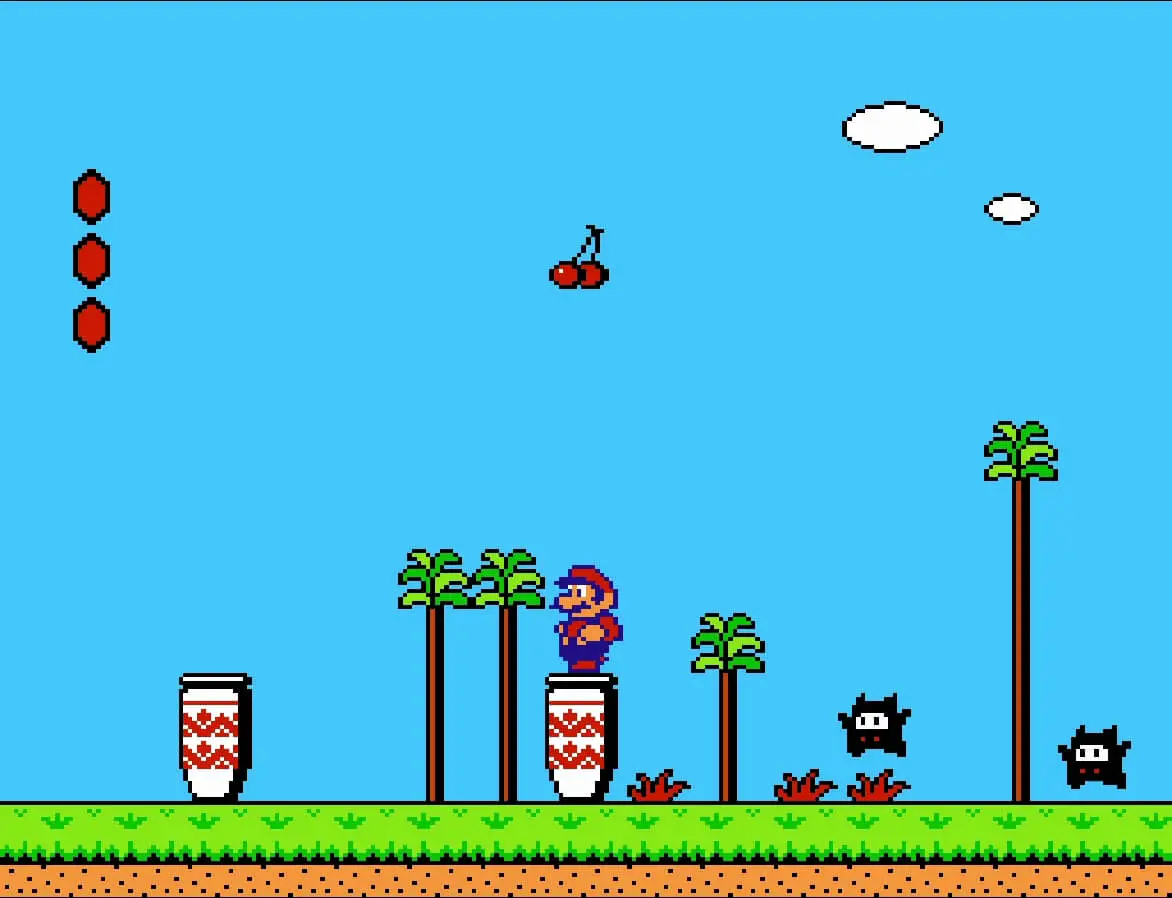
“This is as far as you go!” | Road to Wonder: retro-recensione Super Mario Bros 2
Besides Shy Guys, only Ostriches (or “Birdo” in English, as well as “Catherine” in Japanese) is a member with a consistent presence in the Mario spinoffs. And we didn’t use the word “member” on purpose, but it should be specified that Strutzi’s gender has always been a matter of discussion: the first official descriptions of the character speak of a “confused” dinosaur, hence the bow on his head. The end-of-level boss received an indisputably female voice in the re-release Super Mario Advance (“The road for you ends here!”, English speakers will remember), while the various titles in the franchise tend to pair Ostzi with Yoshi (as they are both reptiles capable of laying eggs). Which is bizarre, considering that (as revealed by the game’s ending) technically she and the Shy Guys are born from a dream by Mario.
“Warts and all” | Road to Wonder: retro-recensione Super Mario Bros 2
The situation changes for the end-game antagonist, Wart (literally wart), never seen again beyond sudden mentions in the museum games of the Big N. Not that there is much to say about him; he is the dream ruler to be deposed, by force, at the end of the final level. His appearance in Super Smash Bros. Ultimate sees him as one of the many collectible Spirits in the game, played by King K. Rool. But beyond a fleeting appearance as a shopkeeper in The Legend of Zelda: Link’s Awakening (with the Japanese name, Mom), his existence in Mario’s world ends when the eponymous inhabitants of Subcon escort him out of the castle.
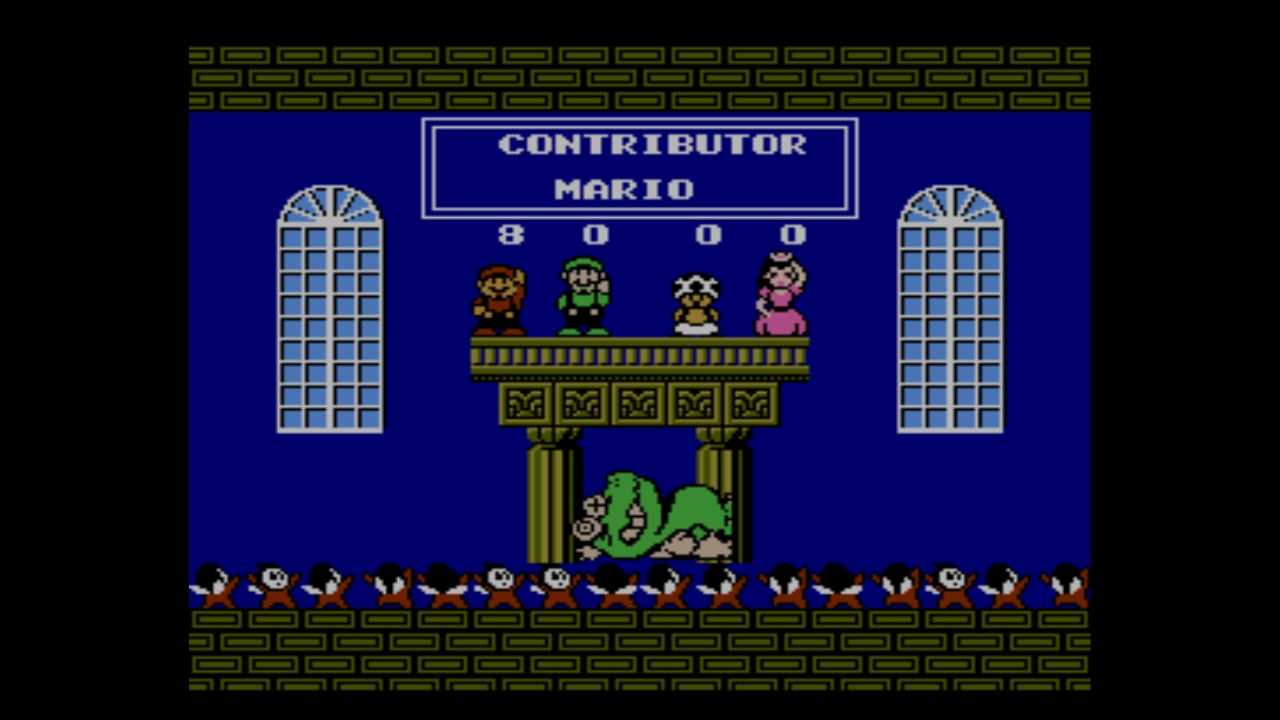
Atmosphere | Road to Wonder: Super Mario Bros 2 retro review
Try to think about it for a moment: even taking into account what awaits us at the end of October, what could be so strange and disorienting as to be possible, for Mario, only in a dream? All of this translates as a videogame variant of one of Miyamoto’s main inspirations: Alice in Wonderland. Anyone familiar with Lewis Carroll’s novel (or the Disney adaptations of 1951 and 2010) will know well that the dream spectrum follows the logic of dreams, alternating lively honey atmospheres with nightmarish distortions. This is a dualism that the game fully embraces, moving from moving hills to living doors that swallow up the player’s avatar at the end of each level.
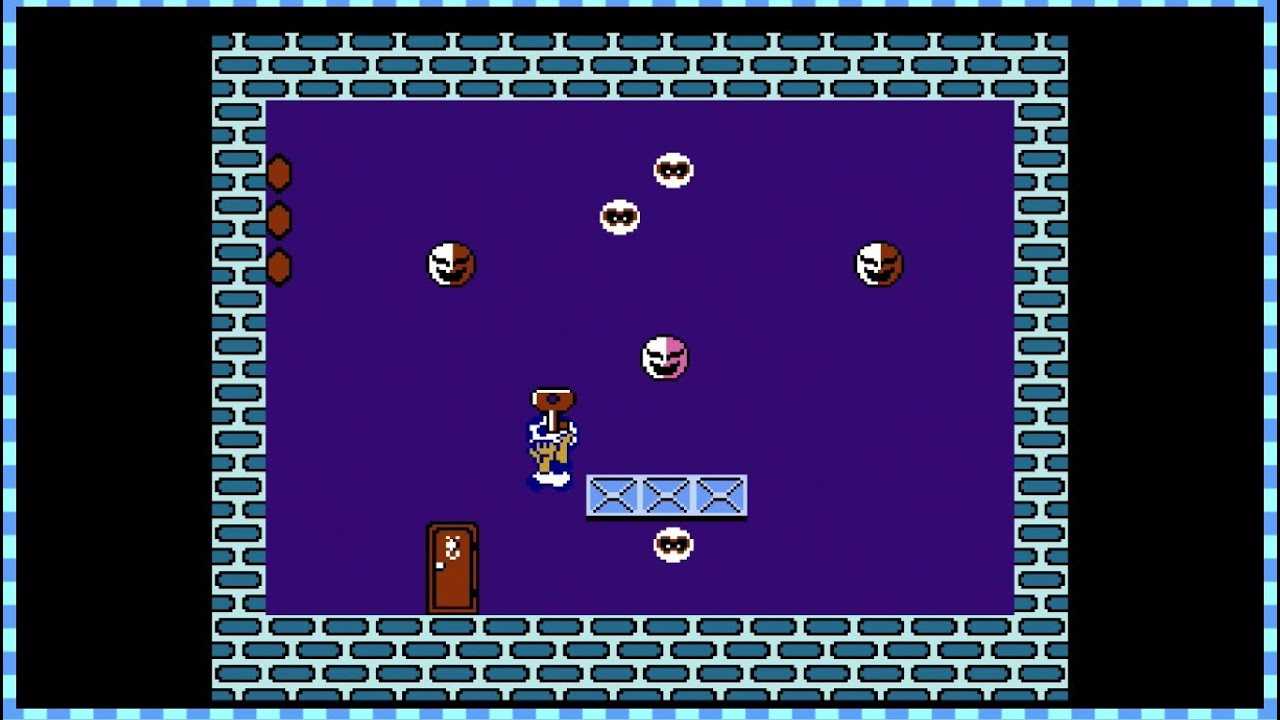
Inheritance
Many things can be said about Super Mario Bros. 2, but certainly not that its unconventionality has ever been misplaced. In the aftermath, the game alone kept the series from becoming dogmatic as it would have been if The Lost Levels had been the only, true second Mario in the saga. The third chapter on NES revived the Mushroom Kingdom, but with sensationally polished graphics and a variation on the theme (the idea of setting the entire game within a theater play). Apart from this certainly no small merit, Wonder has dusted off the possibility of charging the jumps by ducking, as demonstrated by the appropriate pin. It must mean something!
Now it’s up to you to tell us yours: waiting for day one October 20thwhich mustachioed platformer would you like to revisit? Let us know below, and as always don’t forget to stay on techgameworld.com for all the most important news for gamers and beyond. For your purely gaming needs, you can instead find the best discounts in digital format on Instant Gaming.






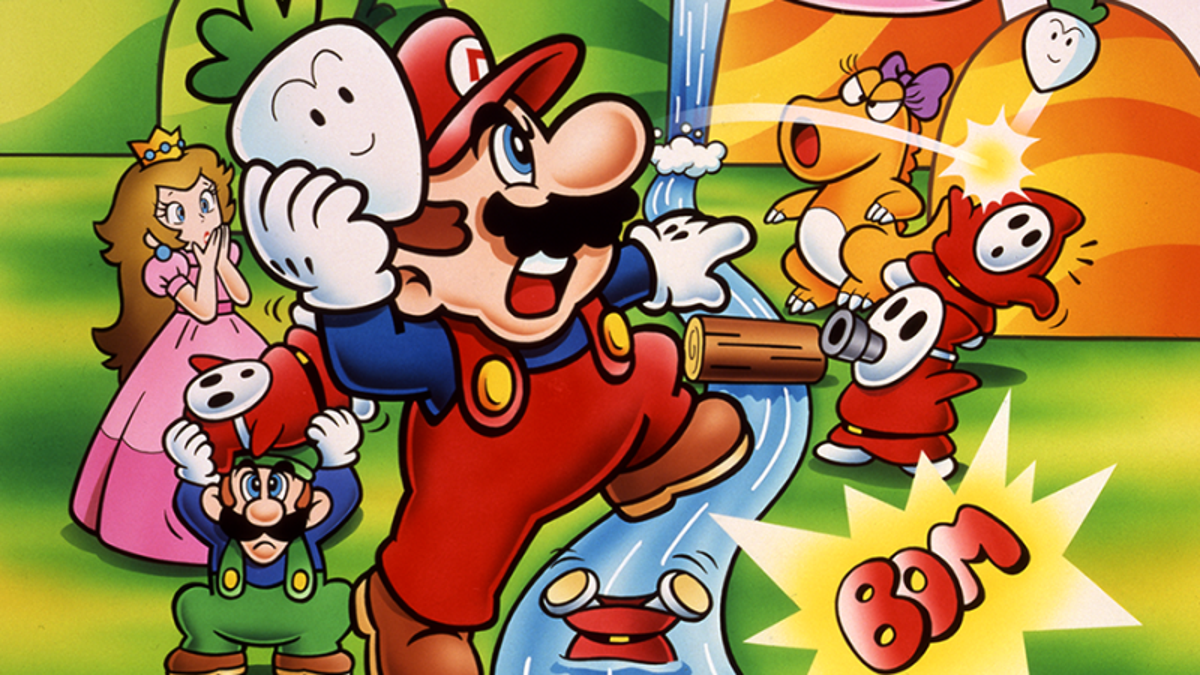









Leave a Reply
View Comments